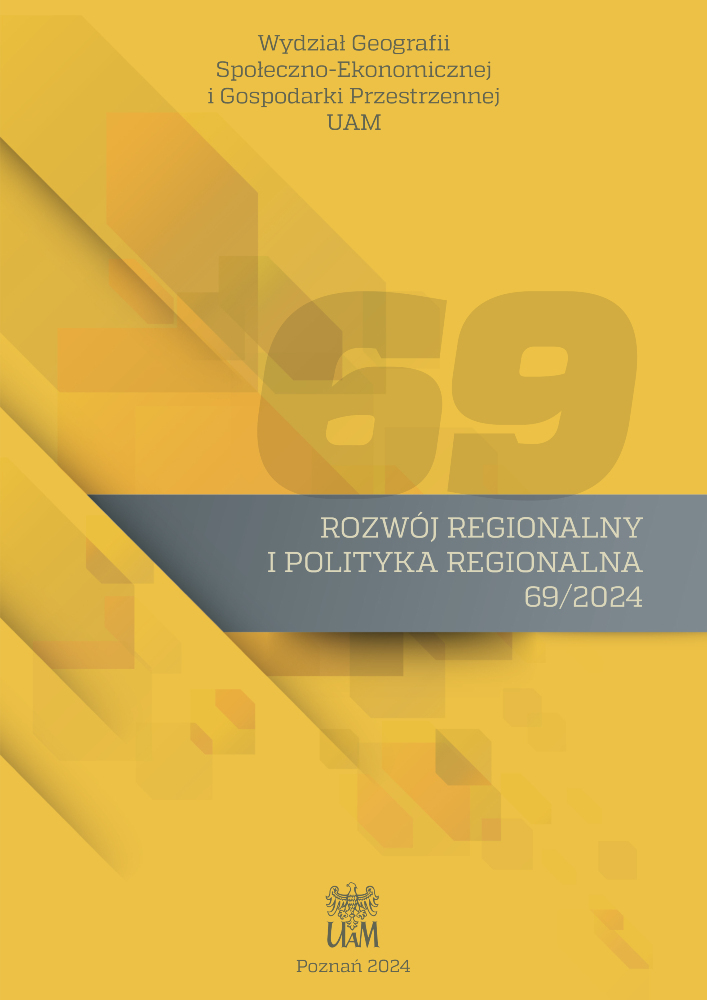Wewnętrzne peryferie w świetle wybranych typologii obszarów wiejskich
Inner peripheries in the context of selected rural classifications
Author(s): Paweł Churski, Anna Dubownik, Barbara Szyda, Czesław Adamiak, Maciej PietrzykowskiSubject(s): Economic policy, Social development, Economic development, Geopolitics
Published by: Uniwersytet Adama Mickiewicza
Keywords: inner peripheries; functional urban areas; typology; rural areas;
Summary/Abstract: Poland’s rural areas are very diverse, creating great opportunities but also challenges for their development. It is necessary to constantly monitor their development problems and internal potentials to select territorial support instruments properly. Various classifications of rural areas can help to fulfill this task. The study’s primary purpose is to identify the possibility of using various typologies of rural areas to explain development processes and, in turn, shape development policies in the inner periphery area.The study is organized as follows: After the introductory part, we reviewed theoretical approaches to the rural areas and inner peripheries. Then, our novel approach to delimiting the inner peripheries in Poland is presented. Afterward, the distribution of inner peripheries is compared with the results of selected existing classifications of rural areas with particular emphasis on areas where there is an accumulation of negative social and economic phenomena.The results of the comparative analysis revealed a relatively high degree of spatial compliance, above 50% in each of the comparisons. This result confirmed that the inner peripheries have features in common with the problem rural areas identified in the analyzed divisions. They are characterized by low transport accessibility to local and regional development centers, a shrinking labor market, low efficiency of the territorial socio-economic system, and low quality of life. These are also areas where agriculture is still the main or one of the primary sources of income. These areas are losing their social and territorial capital, and the most remarkable development challenge is to stop or slow down all negative changes. However, the key factors to achieve that are the proper identification of needs and proper programming of assistance through precise actions targeted at specific areas according to the territorial approach.
Journal: Rozwój Regionalny i Polityka Regionalna
- Issue Year: 2024
- Issue No: 69
- Page Range: 185-214
- Page Count: 30
- Language: Polish

